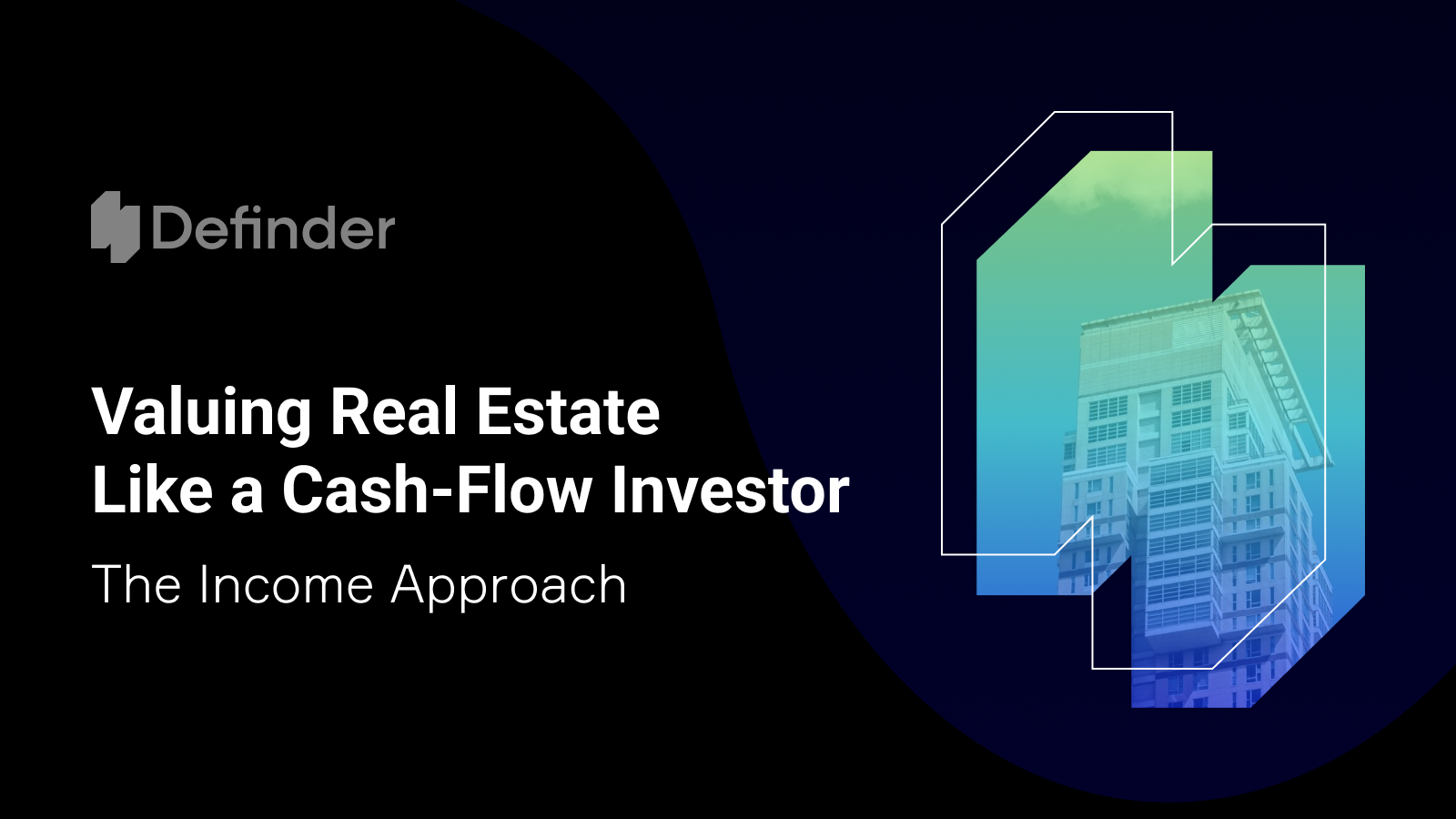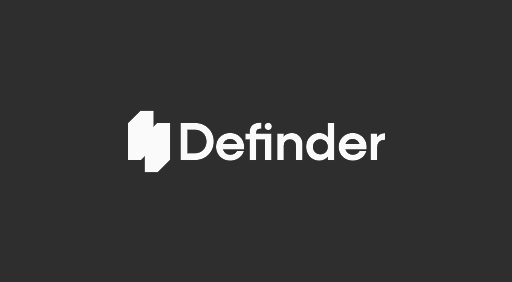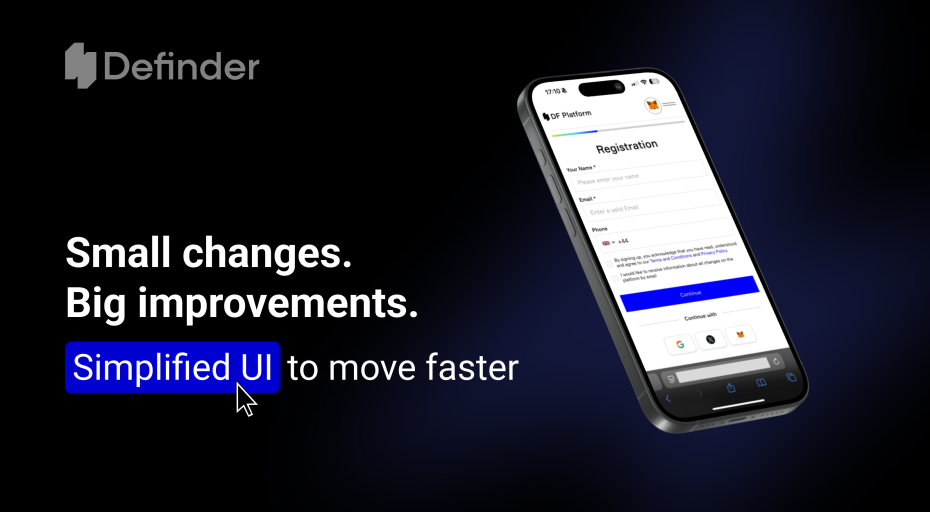
The Income Approach: Valuing Real Estate Like a Cash-Flow Investor
In our previous article, we covered the Comparable Sales Approach—the go-to method for determining property value based on recent transactions in the area. It’s a powerful tool, especially for homebuyers and residential investors.
But what if you’re looking at real estate not just as a place to live—but as a way to generate income?
Unlike the Comparable Sales Approach, which values property based on similar sales, the Income Approach focuses on how much money a property generates. The logic is simple:
- The more income a property produces, the more valuable it is.
- The more stable and predictable that income, the lower the risk.
- The higher the income relative to the price, the better the investment.
If you’re investing in rental properties, commercial buildings, or even short-term vacation rentals, this is the valuation method that truly matters.
How the Income Approach Works
At its core, the Income Approach determines a property’s value based on two key financial metrics:
- Gross Rental Yield – A simple way to estimate how much annual rental income a property generates relative to its purchase price.
- Capitalization Rate (Cap Rate) – A more advanced measure that considers the property’s net income after expenses and expresses it as a percentage of the purchase price.
Both of these formulas help investors answer a fundamental question: Is this property a good investment, or is my money better off elsewhere?
Step 1: Calculating Gross Rental Yield
Gross Rental Yield is the most basic way to evaluate a rental property’s profitability. It tells you how much income the property generates each year relative to its purchase price.
Example: Evaluating a Rental Property in Madrid
You’re considering a €400,000 apartment in Madrid’s Chamberí district. It rents for €2,000 per month (€24,000 per year).
(24,000 400,000)×100=6%
This means the property generates 6% of its price in annual rental income before expenses.
How to Interpret the Numbers:
- 5-8% rental yield in major cities = Strong investment
- Below 4% = Likely overpriced or not generating enough income
- Above 8% = High cash flow, but may indicate a riskier or less desirable location
The problem? Gross rental yield doesn’t account for costs like maintenance, property taxes, and management fees. That’s where Cap Rate comes in.
Step 2: Calculating Capitalization Rate (Cap Rate)
While Gross Rental Yield looks at total income, Cap Rate considers net income—how much money you actually keep after expenses.
Formula:
Net Operating Income (NOI) = Annual Rental Income – Operating Expenses
Example: Calculating Cap Rate for a Lisbon Apartment
You find a €500,000 apartment in Lisbon’s city center that rents for €2,500 per month (€30,000 per year).
Operating expenses include:
- Property taxes: €1,200
- Maintenance & repairs: €2,000
- Property management: €3,000
- Insurance & other costs: €1,800
Total expenses: €8,000 per year
Now, we calculate the Net Operating Income (NOI):
NOI=30,000−8,000=22,000text{NOI} = 30,000 - 8,000 = 22,000NOI=30,000−8,000=22,000 Cap Rate=(22,000500,000)×100=4.4%text{Cap Rate} = left( frac{22,000}{500,000} right) times 100 = 4.4%Cap Rate=(500,00022,000)×100=4.4%How to Interpret Cap Rates:
- 6-8% Cap Rate – Strong income-generating investment
- 4-6% Cap Rate – Moderate return, common in prime locations
- Below 4% Cap Rate – Weak cash flow; appreciation must compensate
- Above 8% Cap Rate – High cash flow, but may signal a riskier or less desirable location
Why This Matters:
- A 5% Cap Rate in a prime Lisbon location may be better than an 8% Cap Rate in a high-risk area with potential vacancies.
- Lower Cap Rates are acceptable in high-appreciation markets where property values rise significantly.
- Higher Cap Rates are better for cash flow investors who prioritize income over long-term appreciation.
Step 3: How to Use AI to Identify High-Yield Properties
Instead of manually calculating rental yields and Cap Rates, AI can automate the process and help investors find the best income-generating properties faster.
AI Prompts for Rental Yield & Cap Rate Analysis
Prompt 1: Finding High-Yield Investment Properties
Find rental properties in [city/neighborhood] with a gross rental yield above 6% and a Cap Rate above 5%. List the top opportunities with rental income, estimated expenses, and final net yield.
AI Output Example:
| Property | Price (€) | Monthly Rent (€) | Gross Yield | Cap Rate |
| Apartment A | 400,000 | 2,200 | 6.6% | 5.1% |
| Apartment B | 375,000 | 2,100 | 6.7% | 5.5% |
| Apartment C | 500,000 | 2,900 | 6.9% | 5.3% |
Key Insight: Instead of spending days searching for properties, AI can scan listings, compare rental data, and instantly provide high-yield investment options.
Step 4: Common Pitfalls in the Income Approach & How to Avoid Them
The Income Approach is powerful but not foolproof. Here are the biggest mistakes investors make:
1. Overestimating Rent Prices
Many investors assume they can charge higher rents than the market allows. Always verify rent prices using:
- Local rental listings (Idealista, Rightmove, Zillow, etc.).
- AI-powered rent estimators.
- Historical rent price trends.
Fix: Ask AI to compare advertised vs. actual rented prices to get real-world rental data.
A property with an 8% rental yield sounds great—until you realize it sits vacant for 3 months a year. High vacancies destroy rental income.
2. Ignoring Vacancy Rates
Fix: Use AI to track occupancy rates in the area and adjust rental yield calculations accordingly.
3. Not Accounting for Rising Expenses
Maintenance, insurance, and management fees increase over time—yet many investors assume their costs will stay the same.
Fix: AI can analyze historical maintenance costs and predict future expense increases based on inflation trends.
Summary
The Income Approach shifts your perspective from “What is this property worth?” to “What return can it generate?”
By focusing on rental yield and capitalization rate (cap rate), you gain clarity on whether a property is overpriced, underperforming, or a hidden gem.
✔ Use Gross Rental Yield for a quick profitability snapshot.
✔ Use Cap Rate for a more accurate, expense-adjusted view of returns.
✔ Avoid common pitfalls like overestimating rents or ignoring vacancy rates.
✔ Let AI do the heavy lifting—automating yield calculations and surfacing high-performing opportunities.
Just like with the Comparable Sales Approach, smart valuation is your first step toward smart investing.
Up next: We’ll explore the Cost Approach—a method that asks, “What would it cost to build this property from scratch today?” Stay tuned.




